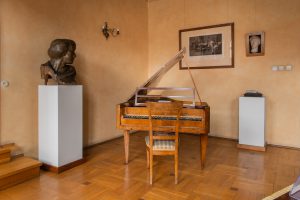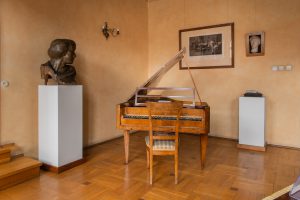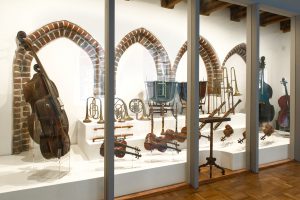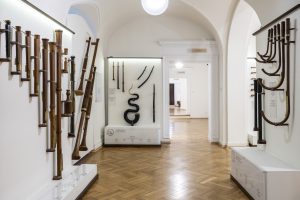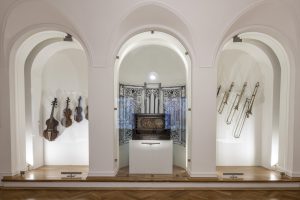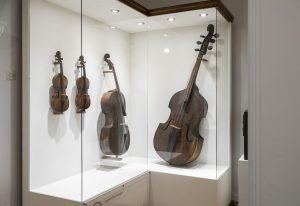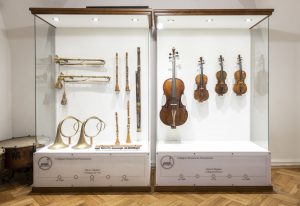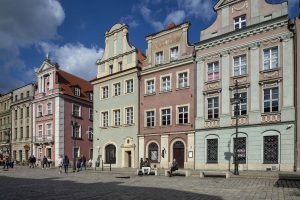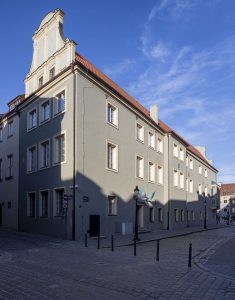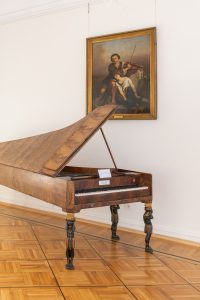The Museum of Musical Instruments in Poznań is the only facility of its kind in Poland, collecting both professional musical instruments and traditional instruments of various cultures around the world.
The initiator of the creation of the museum was Zdzisław Szulc (merchant, tennis player, collector, participant of the Greater Poland Uprising). Thanks to his efforts, in November 1945, as part of the Greater Poland Museum, the Museum of Musical Instruments department was established. The basis of the collection became the 74 instruments from Zdzisław Szulc’s private collection. The permanent exhibition of the museum in its current location on the Old Market was opened in 1952. Thanks to the wide-ranging search for surviving war monuments at the end of the 1950s, the museum’s collection already included about 500 musical instruments, mainly obtained through donations and transfers. Today, the Poznań museum stores nearly 3,000 objects, of which about 600 are exhibited in the museum’s permanent exhibition. In addition to musical instruments, the collection also includes souvenirs of musicians or important musical events (letters, posters, batons, etc.), musical manuscripts, vinyl records and music accessories. The most valuable collection of the museum is musical instruments from the 17th to 20th centuries. Particular attention should be paid to the violins and violas da gamba created in the workshops of Dankwart and Groblicz, Polish masters of lutherie from the 17th and 18th centuries. Also worth noting are the Italian masters J.B. Guadanini’s violins. The French school also has a representation in the form of J-B. Vuillaume’s cello and the very close to Poland F. Ganda’s violins from 1846, which were the property of Henryk Wieniawski. Other, not so extensive as the lutherie collections of the museum of musical instruments contain sometimes outstanding instruments with an incredibly rich history, such as the two-manual harpsichord of Burkat Shudie from 1765, made on the order of King Frederick II of Prussia, which was played by the young W.A. Mozart and C.Ph.E. Bach. The museum of musical instruments is not only a collection of professional instruments, but also a rich world of traditional instruments of cultures of the world. Sometimes more attractive for its exoticism, genius simplicity, as well as refinement. The Museum of Musical Instruments has been closely linked to Polish lutherie since the beginning of its activity, the most visible example of which is its co-organization, together with the Henryk Wieniawski Music Society and the Union of Polish Lutheria Masters, of the oldest International Luthery Competition in the world, named after Henryk Wieniawski. The museum also continues the tradition of the New Year’s Eve concerts, initiated by Zdzisław Szulc, which take place in the intimate Marcin Groblicz Concert Hall.



